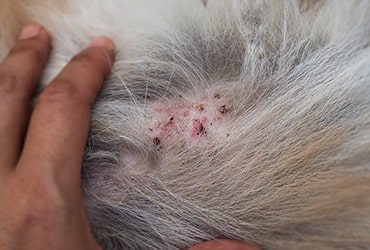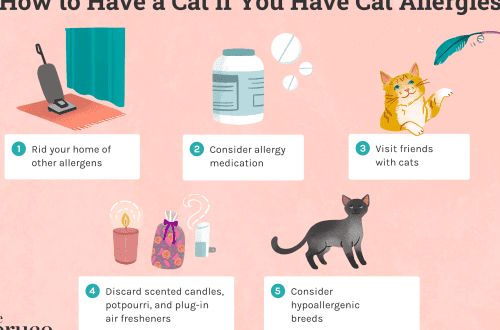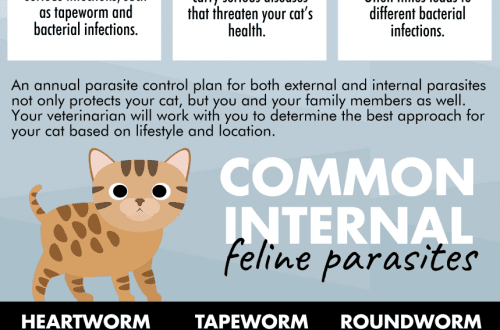
How to care for a cat after anesthesia?
First hours after surgery
When taking the cat home after the operation, the owner needs to check with the doctor what features in the behavior of the animal should be paid attention to. The period of reversion (return) from anesthesia in each animal can proceed differently: much depends on the choice of anesthesia. At home, the animal must be placed in a carrier or a closed house: this is required in order to avoid injury. It is desirable that in the room where the animal is located, there is silence and dim light.
During the recovery from anesthesia, the cat can observe unsteadiness of gait, disorientation. In addition, the cat may not hold its head well, and discoordination is possible. Until the condition of the animal stabilizes, it is necessary to control its movement around the apartment.
Do not be surprised if the pet suddenly shows unreasonable aggression – in this state it happens.
When can a cat be fed?
It is worth thinking about this after she finally leaves anesthesia: coordination of movements will be restored, convulsive swallowing will stop, and so on. At the first meal, the food should be semi-liquid, neither cold nor hot. If, after anesthesia, the pet refuses to eat, you should not force him: even if he gets a little hungry, it will not harm him.
When to drink?
Water can be offered as soon as the cat wakes up. At first, a few drops will be enough to moisten the oral mucosa. It is important to remember that you should not put a bowl of water in front of the cat: it can choke on falling into it with its muzzle. In addition, she will not be able to drink normally from a bowl until the swallowing reflex is restored.
Tray
So that an exhausted pet does not wander around the apartment in search of its tray, the toilet should be placed next to the place where the cat rests and recovers from anesthesia. Absorbent diapers can be used in such cases.
Monitor status
The first day after the operation is considered critical, so the owner should carefully monitor the pet and its condition. Every hour, the cat needs to measure the temperature, examine the eyes and mouth, check the heart rate, which should be even, without jumps and fading. It is important to make sure that the cat does not choke if she starts vomiting, and it is good that she lies on her right side: this will relieve her of additional stress on the heart.
If the pet is breathing heavily, wheezing, its heart rhythm is disturbed, the mucous membranes of the eyelids and mouth have changed color (turned blue, reddened or whitened), the temperature is low or, conversely, high, the cat does not recover by the time the veterinarian spoke about, or something else in the behavior of the animal is in doubt, it is urgent to show the pet to a specialist.
The article is not a call to action!
For a more detailed study of the problem, we recommend contacting a specialist.
Ask the vet
July 9 2017
Updated: 21 May 2022





